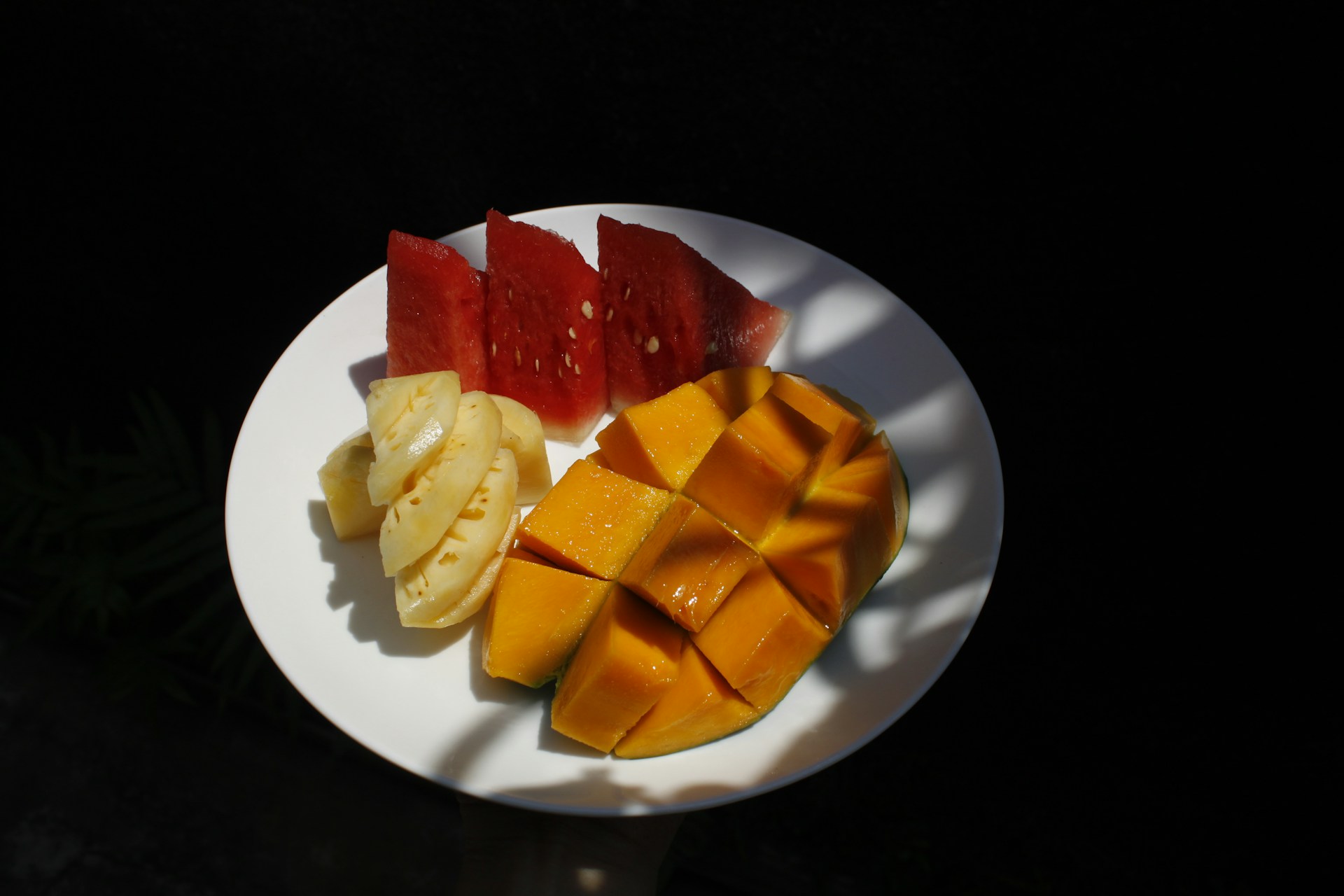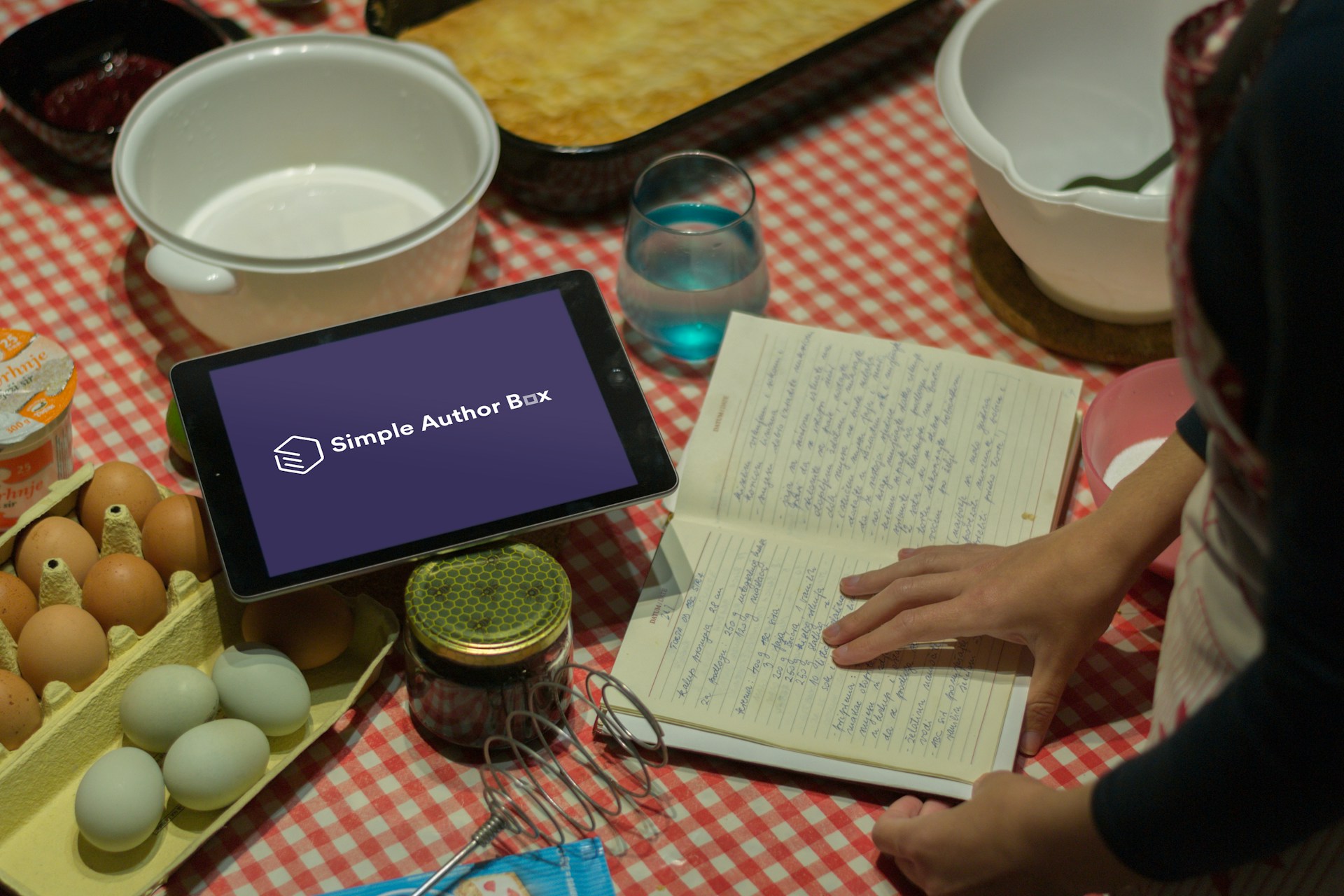Public Search Interest in Stunting Interventions as an Effort to Reduce the Incidence of Stunting in Indonesia during 2018-2022: A Google Trends Analysis
Minat Pencarian Masyarakat terhadap Intervensi Stunting Sebagai Upaya Penurunan Kejadian Stunting di Indonesia Selama Periode 2018-2022: Analisis Google Trends

Background: In 2018, the prevalence of stunting in Indonesia was 30.8%, which has led to renewed focus on targeted interventions. Although specific measures such as exclusive breastfeeding, complementary feeding, and immunization have been prioritized, achieving optimal coverage remains a challenge. Limited knowledge has been identified as a potential barrier to the interventions. This study acknowledges the effectiveness of internet platforms in providing stunting prevention information.
Objectives: To analyze search interest trends for exclusive breastfeeding, complementary feeding, and immunization from 2018 to 2022 using Google Trends.
Methods: Google Trends was used to analyze search trends for the keywords 'exclusive breastfeeding', 'complementary feeding', and 'immunization' in Indonesia and three provinces with the highest number of searches, namely Central Sulawesi, East Nusa Tenggara, Southeast Sulawesi, Yogyakarta, Central Java, Bangka Belitung, and Bengkulu. The data were compared with the prevalence of stunting and coverage of interventions.
Discussion: Searches for exclusive breastfeeding tended to be stable, while searches for complementary feeding and immunization tended to spike at certain times. Analysis of the provinces with the highest number of searches showed that the high search volume did not necessarily correspond to the trends in the performance of interventions in the regions.
Conclusions: Searches for 'exclusive breastfeeding', 'complementary feeding', and 'immunization' from 2018 to 2022 showed different trends. It's impossible to compare the data with the prevalence of stunting because of different trends. However, the data on search interest can illustrate community perceptions and practices around these interventions.
Prasadajudio, M. et al. Disease-Related Malnutrition in Pediatric Patients with Chronic Disease: A Developing Country Perspective. Curr. Dev. Nutr. 7, 100021 (2023).
Sutarto, Mayasari, D. & Indriyani, R. Stunting, Faktor Resiko dan Pencegahannya. J. Agromedicine 5, 540–545 (2018).
Kementrian Kesehatan RI. Laporan Riskesdas 2018 Nasional. Kementerian Kesehatan Republik Indonesia 146–379 (2018).
World Health Organization. Childhood Stunting: Challenges and opportunities. Report of a Promoting Healthy Growth and Preventing Childhood Stunting colloquium. WHO Geneva 34 (2014).
Indonesia, P. R. Peraturan Presiden Republik Indonesia Nomor 72 Tahun 2021 tentang Percepatan Penurunan Stunting. (2021).
Kementerian PPN/ Bappenas. Pedoman Pelaksanaan Intervensi Penurunan Stunting Terintegrasi di Kabupaten/Kota. Rencana Aksi Nas. dalam Rangka Penurunan Stunting Rembuk Stunting 1–51 (2018).
Lancet, T. Executive Summary of the Lancet Maternal and Child Nutrition Series. (2013).
BKKBN. Kebijakan dan Strategi Penurunan Stunting di Indonesia. (Badan Kependudukan dan Keluarga Berencana Nasional, 2021).
Kemenkes. Hasil Survei Status Gizi Indonesia (SSGI) 2022. Kemenkes 1–150 (2022).
Kemenkes. Laporan Kinerja 2022 Direktorat Pengelolaan Imunisasi . Https://E-Renggar.Kemkes.Go.Id/File_Performance/1-465827-05-4Tahunan-333.Pdf (2023).
Dama, L. et al. Implementasi Website Edu-Digital dan Intervensi Pangan Lokal: Upaya Meningkatkan Pengetahuan dan Keterampilan Masyarakat dalam Mengatasi Stunting di Desa Sarimurni Kabupaten Pohuwato. Jati Emas (Jurnal Apl. Tek. dan Pengabdi. Masyarakat) 7, 19–24 (2023).
Sampe, A., Toban, R. C. & Madi, M. A. Hubungan Pemberian ASI Eksklusif dengan Kejadian Stunting pada Anak Balita. J. Ilm. Kesehat. Sandi Husada 11, 448–455 (2020).
Setyowati, K. et al. Case in Sepat Village , Sragen. 45–50 (2022).
Nurhafizha, D., Dianingati, R. S. & Annisa, E. Internet Sebagai Media Pencarian Informasi Obat Selama Pandemi Covid-19 Pada Masyarakat Di Semarang. J. Res. Pharm. 3, 83–91 (2023).
Ahmad Imam Syafii. Promosi Kesehatan Melalui Media Sosial Sebagai Strategi Edukasi Digital Pandemi Covid-19. Univ. Sebel. Maret 19, 118–123 (2021).
Google. Google Trends. https://trends.google.com/trends. (2023).
Google. Google Trends Help. https://support.google.com/trends/ (2024).
Subhan, A. POLA KAMPANYE PEMILU LEGISLATIF PASCA PUTUSAN MAHKAMAH KONSTITUSI MENGENAI PENETAPAN CALON TERPILIH BERDASARKAN SUARA TERBANYAK. J. Konstitusi 3, (2010).
Vikalista, E. & Atika, D. Ellisa Vikalista dan Atika MetaCommunication: Journal of Communication Studies PEMANFAATAN MEDIA SOSIAL UNTUK IKLAN KAMPANYE PASANGAN CALON PADA PEMILIHAN WALIKOTA BANJARMASIN. 7, (2022).
Dinas Kesehatan Provinsi Sulawesi Tengah. Profil Kesehatan Provinsi Sulawesi Tengah. Profil Kesehat. Provinsi Sulawesi Teng. 1-377 (2022).
BPS. Persentase Bayi Usia Kurang Dari 6 Bulan Yang Mendapatkan Asi Eksklusif Menurut Provinsi (Persen), 2020-2022. Badan Pusat Statistik Republik Indonesia https://www.bps.go.id/indicator/30/1340/1/persentase-bayi-usia-kurang-dari-6-bulan-yang-mendapatkan-asi-eksklusif-menurut-provinsi.html (2022).
Dinas Kesehatan Nusa Tenggara Timur. Rencana strategis dinas kesehatan provinsi Nusa Tenggara Timur tahun 2019-2023. RENSTRA Dinas Kesehat. Provinsi NTT i–208 (2019).
Djogo, M. H. A., Wuladari, T. M. & Letor, Y. M. K. Pengaruh Konseling Asi Eksklusif Terhadap Motivasi Ibu Menyusui Di Ruang Nifas Rsud S.K. Lerik Di Kota Kupang. J. Ilm. Obs. 14, 77–85 (2022).
Hikma, W. E. Hubungan Pengetahuan dan Sikap Ibu dengan Pemberian ASI Eksklusif. J. Educ. Dev. 10, 306–311 (2022).
Humba, W. K. K., Rofiah, K., Awatiszahro, A., Wigati, P. W. & Ika, K. Hubungan Usia, Paritas dan Pengetahuan Ibu dengan Pemberian ASI Eksklusif di Wilayah Kerja Puskesmas Kambaniru. JUMAKES J. Mhs. Kesehat. 4, 73–82 (2022).
Sufi'izza, S. N. Determinan Pemberian ASI Eksklusif di Klinik Murni Kelurahan Sibuluan Kabupaten Tapanuli Tengah. (Universitas Islam Negeri Sumatera Utara, 2021).
Tengah, D. K. J. Profil Kesehatan Jawa Tengah 2022. (2022).
Ari Kurnia, Asiah, N., Cempaka, L. & Susilo, T. P. Pemanfaatan Jejaring Sosial Dalam Mencari Referensi. Indones. J. Soc. Responsib. 2, 43–50 (2020).
Frederick, B. & Krisna Maharani, A. Eksistensi Media Sosial Pada Masa Pandemi Covid-19. J. Penelit. Pendidik. Sos. Hum. 6, 75–83 (2021).
Kementerian Komunikasi dan Informatika. Indeks Literasi Digital. Kementerian Komunikasi dan Informatika https://survei.literasidigital.id/ (2022).
Susilo Wardani, P., Ariningtyas, N. & Husna, F. Gambaran Pengetahuan Dan Tindakan Ibu Dalam Pemenuhan Kebutuhan MP-ASI Pada Bayi Usia 6-24 Bulan Di Kalurahan Guwosari Kapanewon Pajangan Bantul. J. Ilmu Kesehat. Mulia Madani Yogyakarta 3, 17–24 (2022).
Siti Rosiyah. Hubungan pengetahuan ibu tentang MP-ASI dan praktik pemberian MP-ASI terhadap status gizi bayi usia 6-24 bulan pada kelompok keluarga miskin di kelurahan Kalimati Brebes. (2023).
Fajariyah, R. N. & Hidajah, A. C. Correlation Between Immunization Status and Mother'S Height, and Stunting in Children 2–5 Years in Indonesia. J. Berk. Epidemiol. 8, 89 (2020).
Kementerian Kesehatan Republik Indonesia. Peraturan Menteri Kesehatan Republik Indonesia Nomor 12 Tahun 2017 tentang Penyelenggaraan Imunisasi. Kementerian Kesehatan Republik Indonesia (2017).
Safitri, D. M., Amir, Y. & Woferst, R. Faktor-Faktor Yang Berhubungan Dengan Rendahnya Cakupan Dalam Pemberian Imunisasi Dasar Lengkap Pada Anak. J. Ners Indones. 8, 23–32 (2017).
Sari, W. & Nadjib, M. Determinan Cakupan Imunisasi Dasar Lengkap pada Penerima Program Keluarga Harapan. J. Ekon. Kesehat. Indones. 4, 1–9 (2019).
Kemenkes RI. Petunjuk Teknis Penyelenggaraan Bulan Imunisasi Anak Nasional. Kementeri. Kesehat. RI 4, 1–57 (2022).
BPS NTT. Persentase Penduduk Usia 0-59 bulan Menurut Pemberian Imunisasi Lengkap (Persen), 2019-2022. Badan Pusat Statistik Republik Indonesia https://ntt.bps.go.id/indicator/30/1018/1/persentase-penduduk-usia-0-59-bulan-menurut-pemberian-imunisasi-lengkap.html (2022).
BPS Bengkulu. Persentase Penduduk Umur 0-59 Bulan (Balita) yang Pernah Mendapat Imunisasi menurut Kabupaten/Kota dan Jenis Imunisasi. Badan Pusat Statistik Republik Indonesia https://bengkulu.bps.go.id/statictable/2021/12/28/1010/persentase-penduduk-umur-0-59-bulan-balita-yang-pernah-mendapat-imunisasi-menurut-kabupaten-kota-dan-jenis-imunisasi-2021.html (2021).
Nuti, S. V. et al. The use of google trends in health care research: A systematic review. PLoS One 9, (2014).
Ajbar, A., Shepherd, T. A., Robinson, M., Mallen, C. D. & Prior, J. A. Using Google Trends to assess the impact of Global Public Health Days on online health information-seeking behaviour in Arabian Peninsula. J. Egypt. Public Health Assoc. 96, (2021).
Copyright (c) 2024 Amerta Nutrition

This work is licensed under a Creative Commons Attribution-ShareAlike 4.0 International License.
AMERTA NUTR by Unair is licensed under a Creative Commons Attribution-ShareAlike 4.0 International License.
1. The journal allows the author to hold the copyright of the article without restrictions.
2. The journal allows the author(s) to retain publishing rights without restrictions
3. The legal formal aspect of journal publication accessibility refers to Creative Commons Attribution Share-Alike (CC BY-SA).
4. The Creative Commons Attribution Share-Alike (CC BY-SA) license allows re-distribution and re-use of a licensed work on the conditions that the creator is appropriately credited and that any derivative work is made available under "the same, similar or a compatible license”. Other than the conditions mentioned above, the editorial board is not responsible for copyright violation.












































